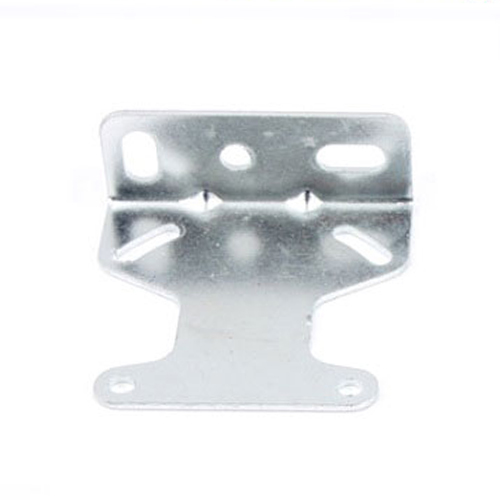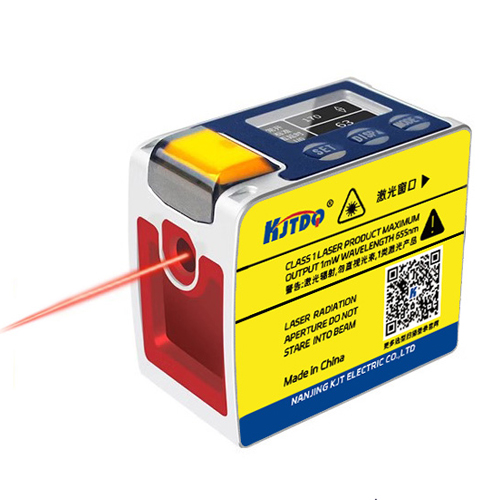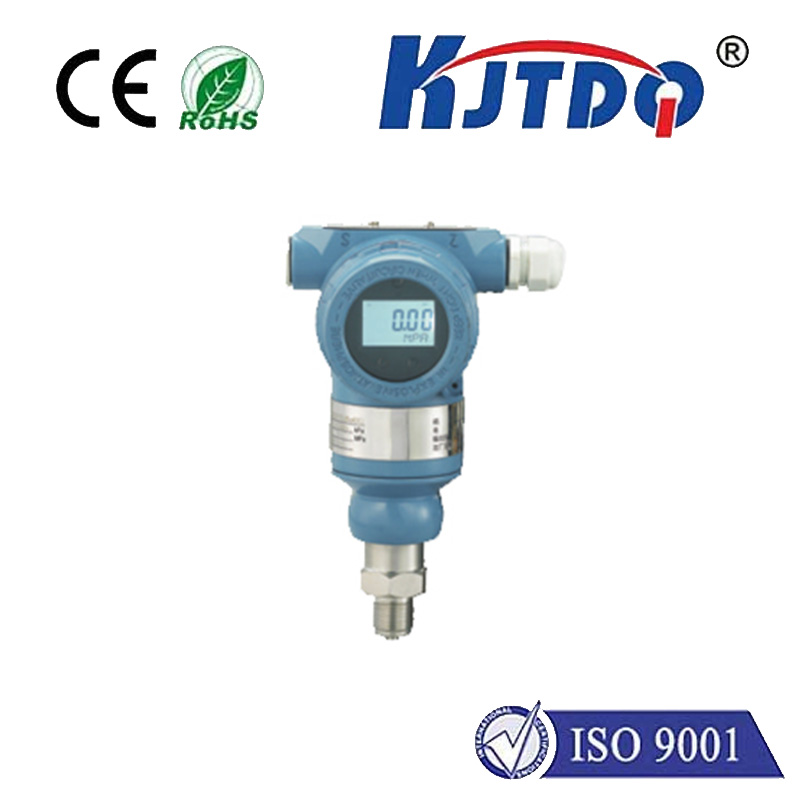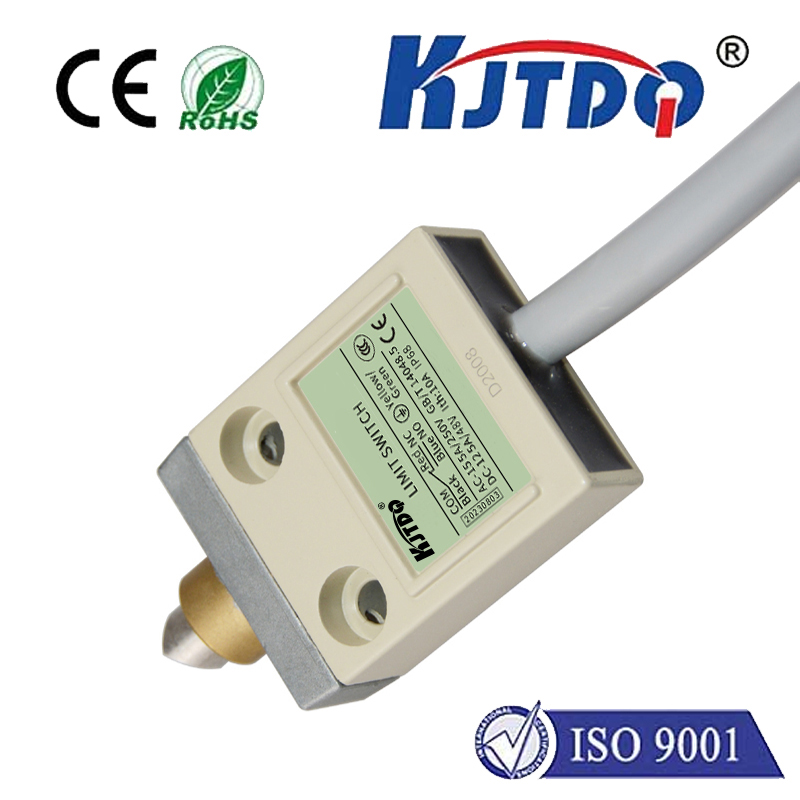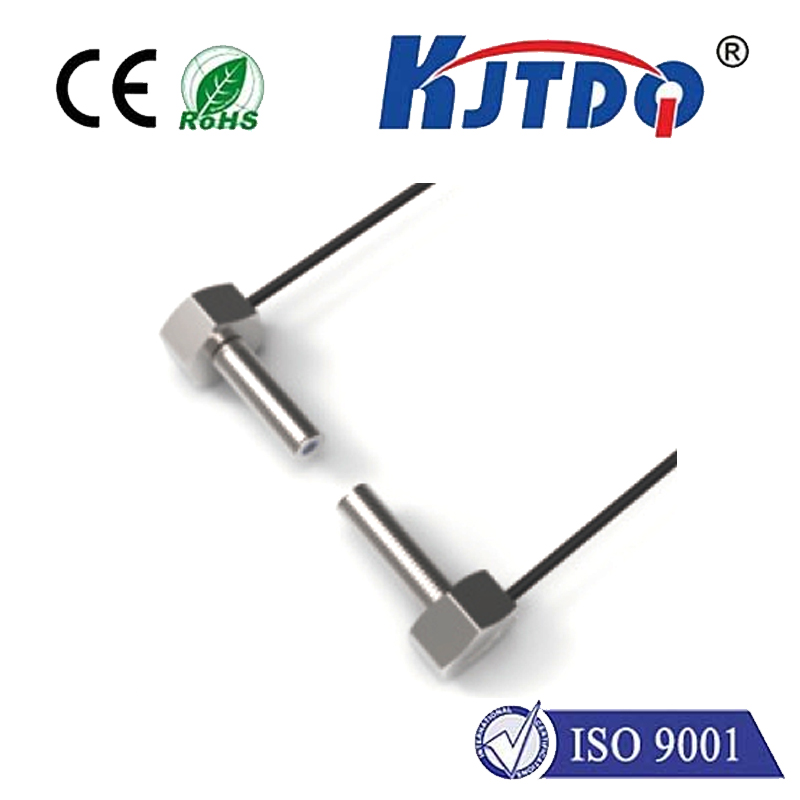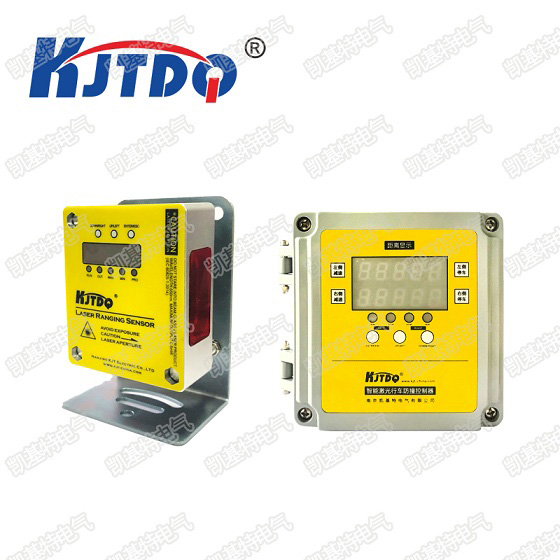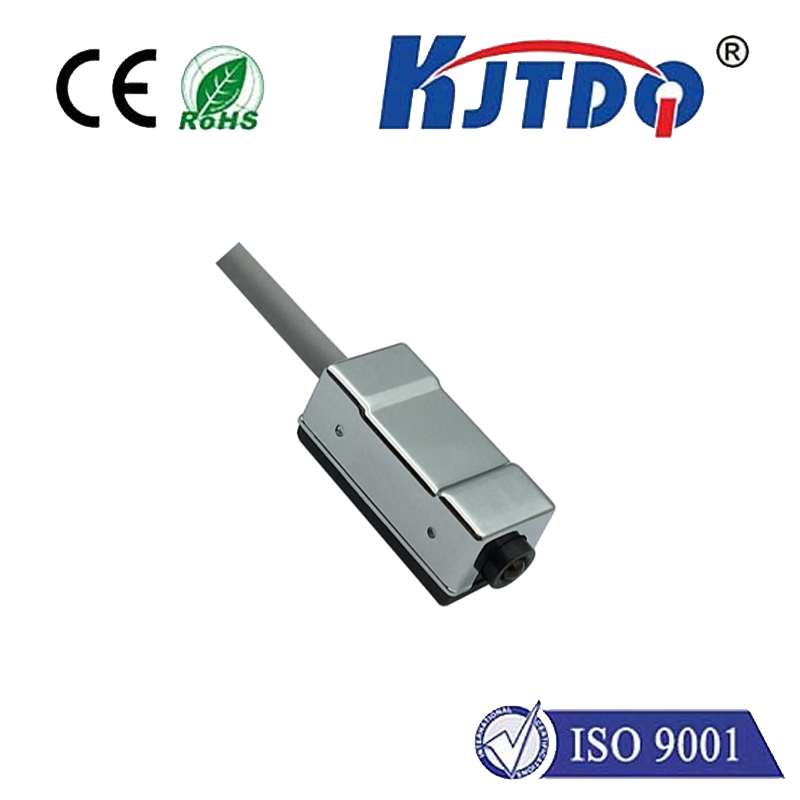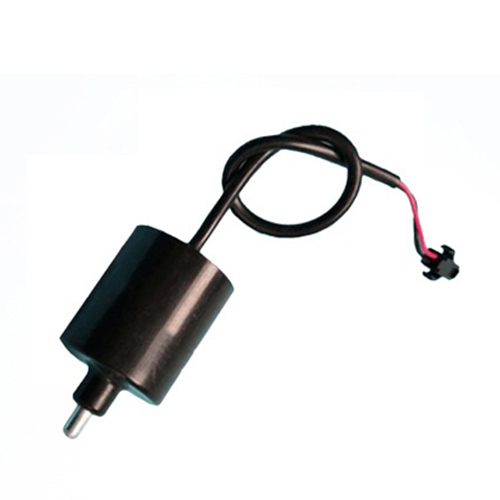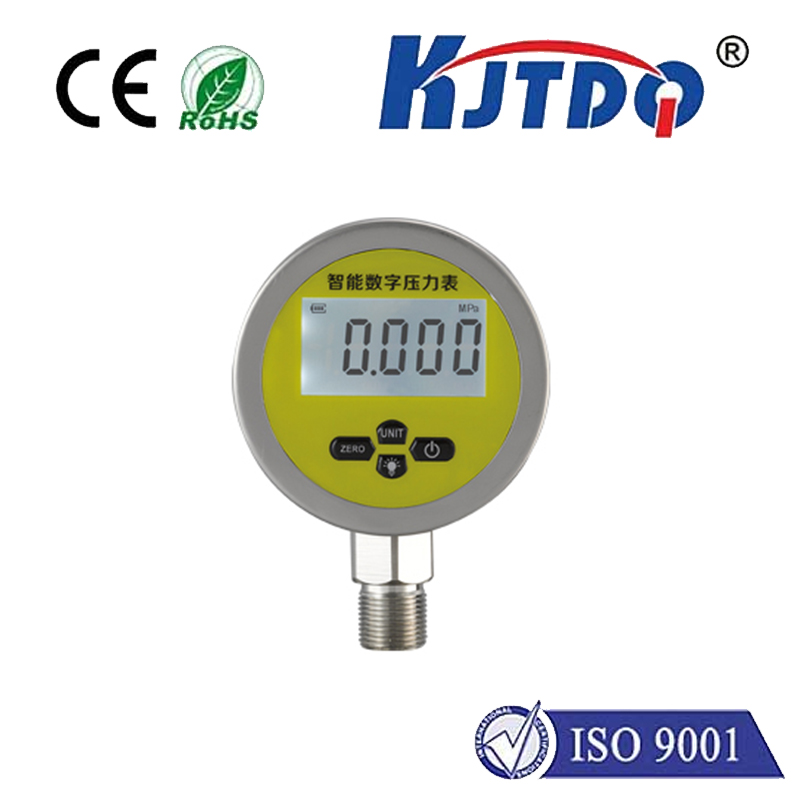Датчик лазерного луча
- time:2025-08-29 00:58:19
- Нажмите:0
Laser Beam Sensors: Unlocking Precision in Modern Measurement and Detection
Imagine a manufacturing line where micrometer-level accuracy determines product quality. Or envision automated warehouses where robots navigate complex environments with uncanny precision. At the heart of these scenarios, and countless others, often lies a critical but unsung hero: the Датчик лазерного луча. This technology harnesses focused light to perform tasks fundamental to automation, quality control, safety, and scientific advancement. This article delves into the fascinating world of laser beam sensors, explaining how they work, where they excel, and why they are indispensable tools across diverse sectors.
Beyond the Sci-Fi Glow: Understanding the Core Principle
While lasers might conjure images of futuristic weapons, laser beam sensors operate on far more practical principles. At their essence, these devices project a highly focused, coherent beam of light (the laser) towards a target or through a monitored area. They then precisely detect changes in this beam. This detection can occur in several ways:
- Photoelectric Detection (Beam Break): The sensor consists of separate emitter and receiver units. The laser beam travels uninterrupted from emitter to receiver. Any object interrupting this beam path triggers the sensor’s output signal. These are often generically called photoelectric sensors (laser type) and excel at object presence detection.
- Triangulation: This method is commonly used for non-contact distance measurement and profiling. The sensor emits a laser point onto a target. The reflection hits a position-sensitive detector (like a CCD or CMOS array) within the sensor. The angle at which the reflected light hits this detector changes based on the target’s distance. By calculating this angle, the sensor determines the distance to the target with exceptional accuracy – hence the term лазерный датчик смещения.
- Time-of-Flight (ToF): Here, the sensor measures the time it takes for a short laser pulse to travel to the target and back. Since the speed of light is constant, calculating distance becomes a matter of precise time measurement. ToF sensors are ideal for longer-range distance measurement.
- Confocal Measurement: Using chromatic aberration, these sensors focus specific wavelengths at specific distances. Analyzing the color of reflected light precisely determines the distance to the target point, offering very high resolution for challenging surfaces.
Why Choose Laser? Key Advantages Driving Adoption

Laser beam sensors aren’t just novel; they offer tangible benefits that make them superior to other sensing technologies in many demanding applications:
- Exceptional Precision and Resolution: Lasers produce a highly focused spot of light, enabling detection and measurement with resolutions down to micrometers or even nanometers. This level of accuracy is crucial for precision manufacturing, semiconductor inspection, and scientific research.
- Long Sensing Ranges: Laser beams diverge minimally over distance, allowing sensors to detect objects or measure distances over meters, far surpassing the capabilities of standard LED-based photoelectric sensors.
- Small Target Detection: The tight focus of the laser spot means they can reliably detect very small objects, fine wires, or edges that other sensors might miss.
- Fast Response Times: The speed of light translates into incredibly fast detection and measurement capabilities, essential for high-speed production lines, sorting systems, and safety light curtains.
- Minimal Sensitivity to Ambient Light: Modern laser sensors often use modulated light beams and sophisticated filtering techniques, making them significantly less susceptible to interference from ambient factory lighting or sunlight compared to standard sensors.
- Non-Contact Operation: Crucially, laser sensors perform measurements without physically touching the target. This eliminates potential damage to delicate objects and removes mechanical wear from the sensor itself, enhancing sensor longevity and reliability. It also enables measurement of moving or vibrating objects.
- Ability to Work on Difficult Surfaces: Laser sensors, especially those using triangulation or confocal principles, can effectively measure challenging surfaces like shiny metals, transparent materials (glass, plastic), or liquids, where traditional sensors struggle.
Where Laser Sensors Shine: Diverse Industry Applications
The unique combination of precision, speed, range, and non-contact operation makes laser displacement sensors, laser measurement systems, and laser photoelectric sensors ubiquitous:
- Manufacturing & Automation:
- Precision Dimensioning: Measuring thickness, height, width, and diameter of parts during production. (e.g., verifying automotive components, rolled metal sheets).
- Position Control: Guiding robotic arms and ensuring precise placement of parts.
- Object Detection & Counting: Detecting presence, absence, or counting objects on high-speed conveyors.
- Vibration Analysis: Monitoring machinery vibration without contact.
- Collision Avoidance: Safeguarding robotic workspaces.
- Quality Control & Inspection:
- Surface Defect Detection: Identifying scratches, dents, warping, or deviations on surfaces.
- Profile Scanning: Verifying complex 2D/3D shapes against CAD models.
- Fill Level Control: Precisely measuring fill levels in bottles or containers, even through glass.
- Semiconductor Wafer Inspection: Measuring critical dimensions at the nanoscale.
- Logistics & Warehousing:
- Pallet Dimensioning: Quickly measuring packages and pallets for shipping optimization.
- Automated Guided Vehicle (AGV) Navigation: Providing distance feedback for safe navigation.
- Warehouse Robot Guidance: Enabling precise picking and placing operations.
- Research & Development:
- Scientific Measurement: Precise positioning and displacement measurement in labs.
- Material Analysis: Characterizing surface topography and properties.
- Microscopy: Used in confocal microscopes for high-resolution imaging.
- Safety:
- Safety Light Curtains: Creating an invisible barrier using multiple laser beams; any interruption triggers a machine stop. Critical for protecting personnel around hazardous machinery.
- Perimeter Protection: Monitoring sensitive areas.
Selecting the Right Laser Beam Sensor: Key Considerations
Choosing the optimal Датчик лазерного луча requires careful analysis of the application’s needs:
- Measurement Principle: Do you need presence detection (beam break), precise distance measurement (triangulation), longer range distance (ToF), or ultra-high resolution (confocal)?
- Required Range & Accuracy: What distances need to be covered, and what level of precision is critical?
- Target Characteristics: What is the target material (shiny, matte, transparent, dark)? What is its size and shape?
- Environment: Are there extreme temperatures, dust, moisture, or vibrations?
- Speed Requirements: How quickly does the target move, and how fast must the sensor respond?
- Output Requirements: What signal type does your control system need (analog voltage/current, digital switch, serial communication)?
The Focused Future
Laser beam sensor technology continues to advance. We see trends towards smaller form factors, higher speeds, even greater precision, enhanced robustness for harsh environments, and smarter sensors with integrated processing capabilities enabling edge computing and AI-driven analysis. The convergence of cost-effectiveness with these advanced features is broadening their adoption into new markets and applications.
From ensuring the flawless finish on your smartphone screen to guaranteeing the safe operation of a high-speed robot arm, laser beam sensors operate quietly and reliably behind the scenes. Their ability to deliver non-contact, high-precision measurement and detection makes them not just a technological novelty, but a fundamental enabler of modern manufacturing, automation, safety, and scientific discovery. Understanding their principles, advantages, and diverse applications empowers industries to leverage this powerful technology effectively, driving efficiency, quality, and innovation.

